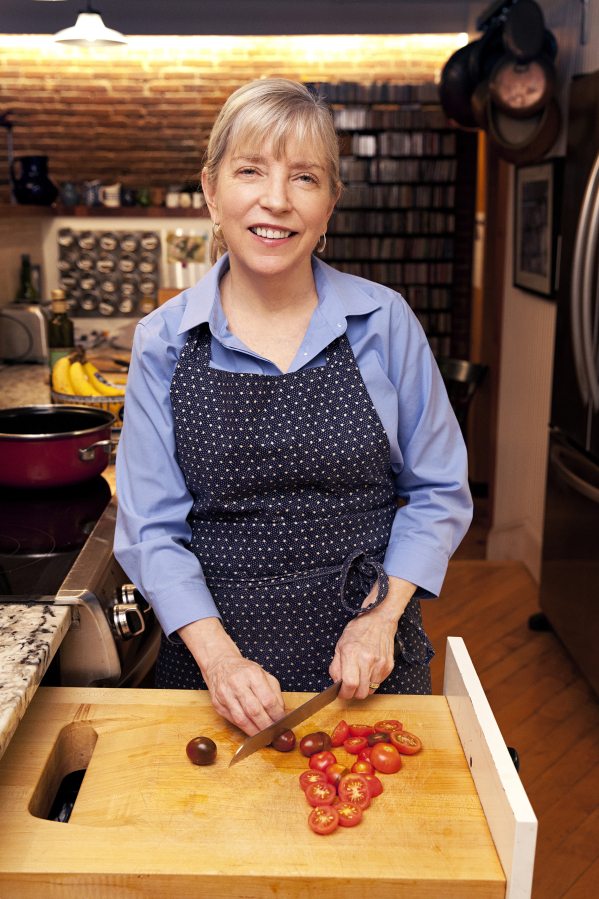There she is, America’s sweetheart chef-instructor, fixing a tidy pizza in her kitchen. Black flip-flops and no makeup, the signature blond ponytail working for her at age 64. Explaining and doing and smiling all at once, just as she has done on the small screen for decades.
You’ve been missed, Sara Moulton.
The statement baffles her. It was prompted by a reporter’s casual survey of millennials who cook and call themselves fans. Sample comment: “Is she still around?”
It seems unlikely that Moulton could fly below anybody’s culinary radar in America. A star protegee of Julia Child, she appeared on Food Network for almost a decade starting in the 1990s, was a regular on ABC’s “Good Morning America” from 1997 through 2012 and has starred in five seasons of the American Public Television series “Sara’s Weeknight Meals,” which airs across 93 percent of the country, plus Guam. She was, of course, during some of those years also running the executive dining room at Gourmet magazine.
That PBS audience skews older; she’s not crushing it on Instagram, Twitter or Facebook.



